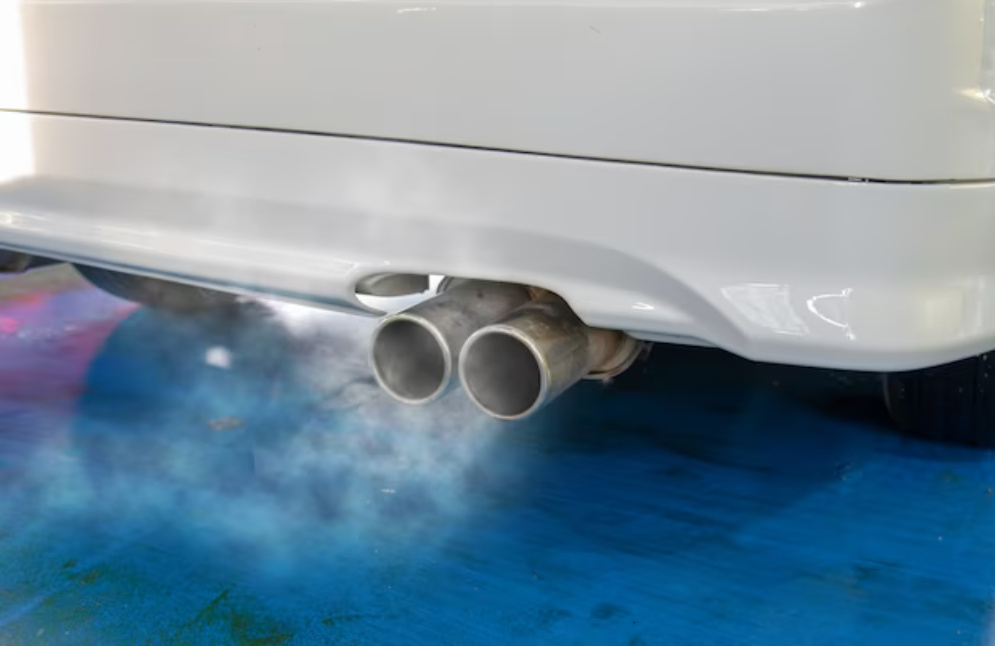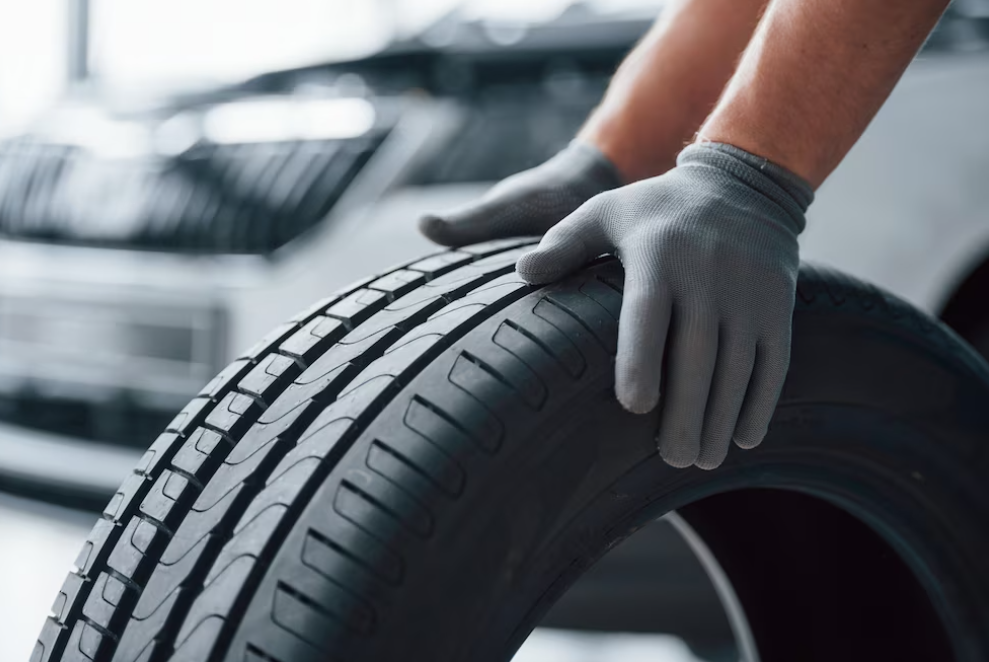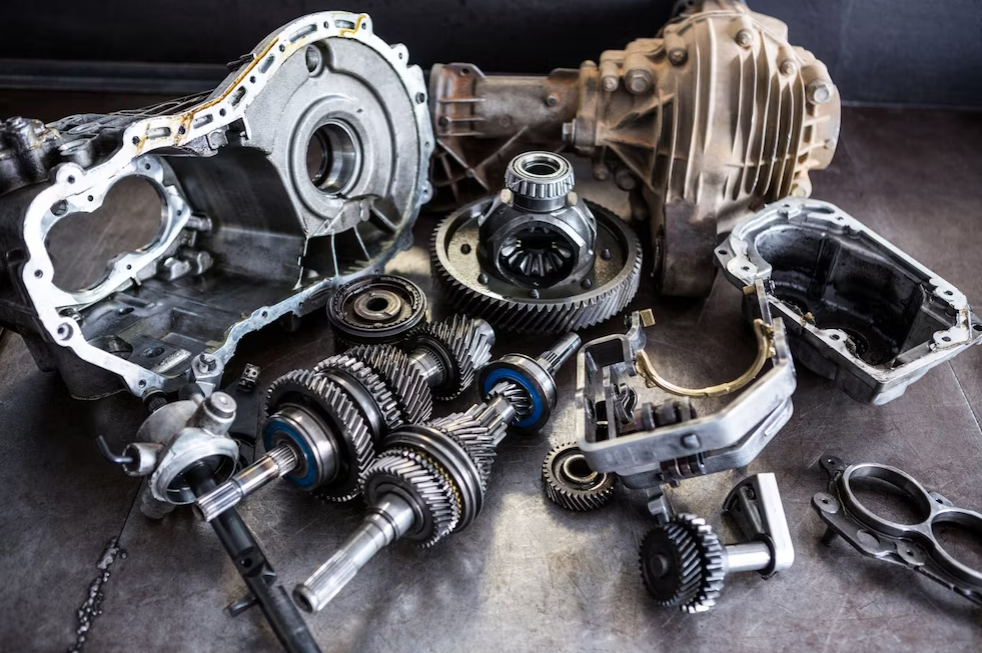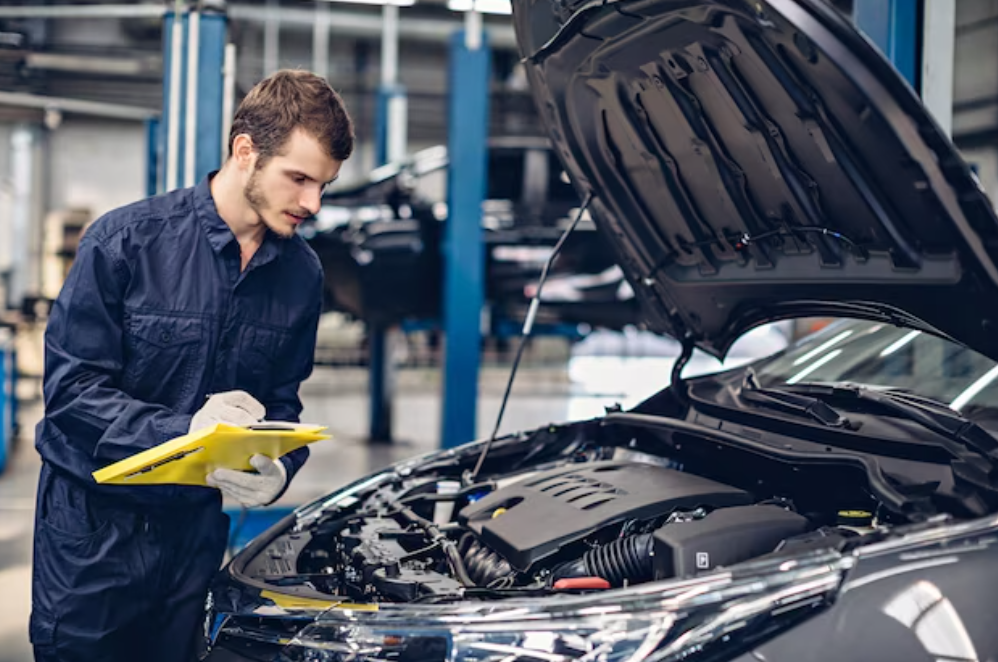Demystifying Hybrid Cars: How Do They Work?
If the mechanics of hybrid cars have piqued your interest and left you wondering how they operate, you're in the perfect spot. Hybrid vehicles have attracted a lot of interest from people looking to reduce their environmental effect as technology advances toward more ecologically sensitive and efficient solutions.
We'll go into these extraordinary cars' finer points in the blog article that follows, hoping to give you a thorough understanding of what makes them special. We'll explore their powertrains, energy sources, delve into safety enhancements, and even dissect their performance capabilities. Get prepared to unveil the enigma surrounding hybrid cars!
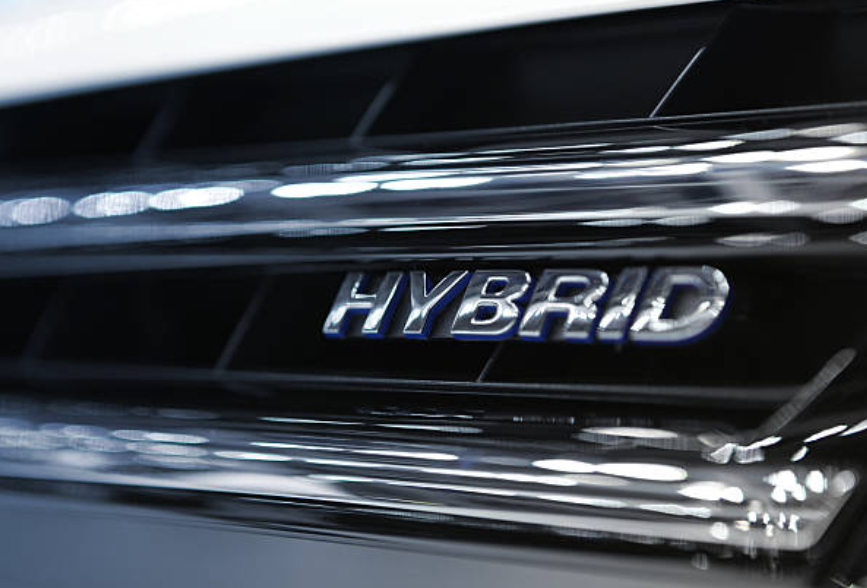
What is a Hybrid Car?
A hybrid vehicle is an automobile that integrates two or more separate power sources to generate movement. Generally, these vehicles employ a fusion of an internal combustion engine (typically running on gasoline) and an electric motor. This distinctive arrangement empowers hybrid cars to enhance fuel efficiency, curtail emissions, and at times, maneuver using electric power exclusively for shorter distances.
Hybrid cars come in various configurations, each with its own way of combining and utilizing the power sources. The electric motor assists the gasoline engine in providing power, especially during acceleration and other high-power demands. Additionally, some hybrid cars employ regenerative braking to convert kinetic energy into electricity and store it in a battery, further improving efficiency.
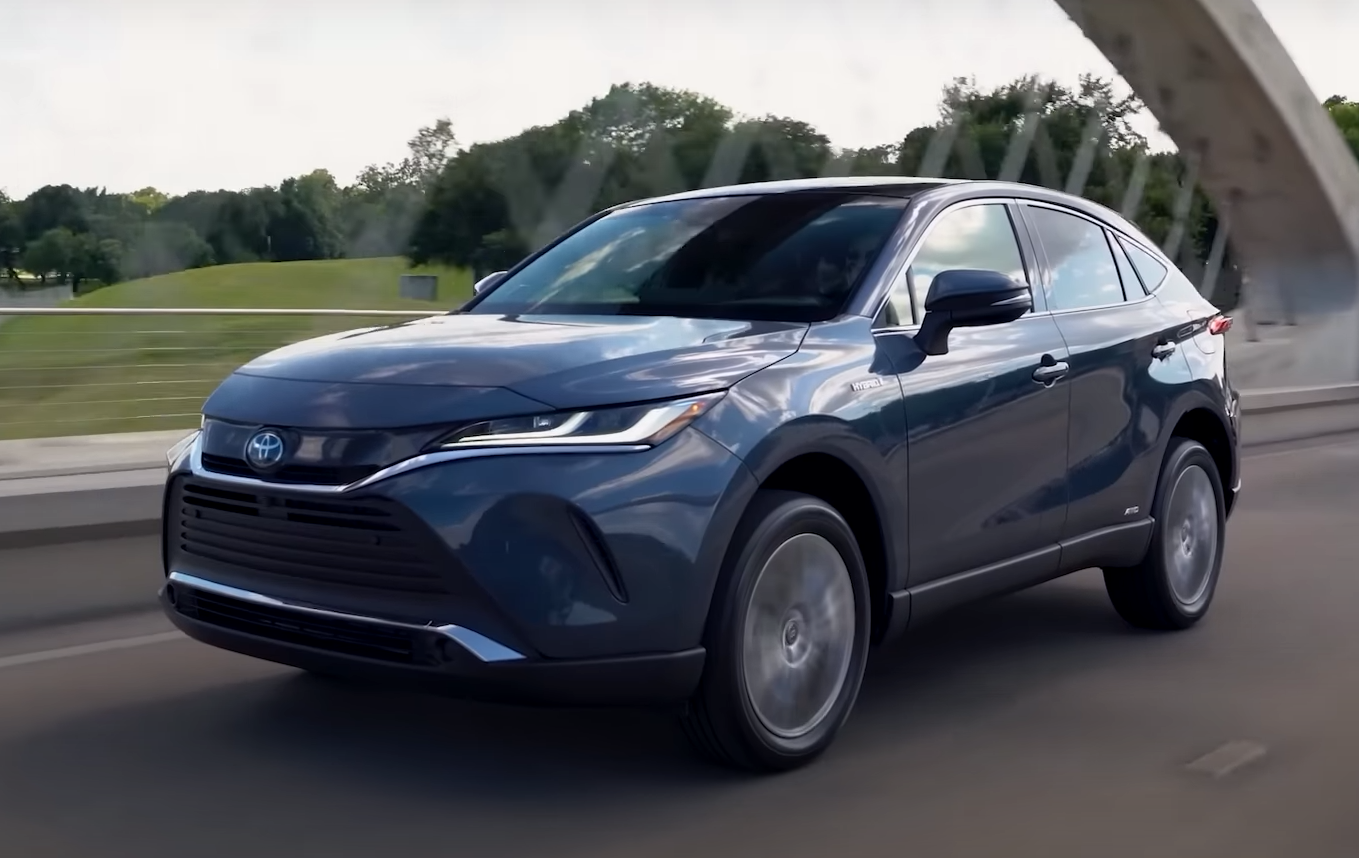
Hybrid cars function by harmonizing the capabilities of an internal combustion engine and an electric motor. At lower speeds and during start-up, the electric motor takes charge, drawing power from a stored battery. As the need for greater power arises, such as during acceleration or higher speeds, the gasoline engine seamlessly engages. Energy recovery comes into play during braking, where the electric motor reverses its function to transform kinetic energy into electricity, stored for future use.
The sophisticated interplay between these power sources is managed by computer systems that determine the most efficient mode for driving conditions. This dynamic approach to power distribution, coupled with features like automatic start-stop and different driving modes, contributes to enhanced fuel efficiency, reduced emissions, and a greener driving experience overall.
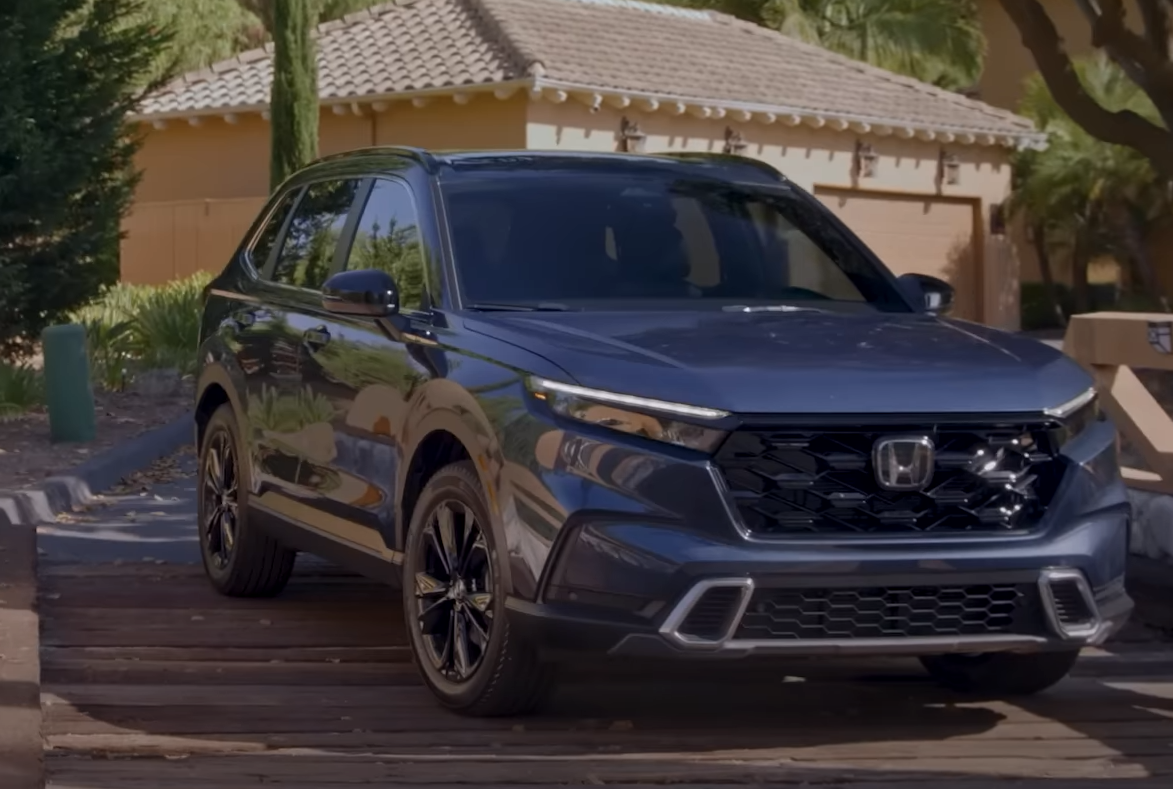
Fuel Efficiency: Hybrid vehicles have gained recognition for their exceptional fuel efficiency when contrasted with conventional gasoline-powered cars. Through the integration of an internal combustion engine and an electric motor, hybrids strategically enhance fuel utilization, leading to decreased visits to refueling stations and lower expenditures on fuel.
Reduced Emissions: The integration of electric power significantly lowers greenhouse gas emissions and air pollutants. Hybrid cars produce fewer harmful exhaust emissions, contributing to cleaner air and a smaller carbon footprint.
Lower Operating Costs: While the upfront cost of hybrid cars may be higher, their operational expenses are often lower due to improved fuel economy and reduced maintenance needs. Regenerative braking, for example, prolongs brake life by minimizing wear and tear.
Quiet Operation: Hybrid cars often operate in electric-only mode at lower speeds, resulting in a remarkably quiet and smooth driving experience. This is not only pleasant for occupants but also reduces noise pollution in urban environments.
Government Incentives: Numerous governments provide incentives to encourage the acquisition of hybrid cars, including tax credits, rebates, and the privilege of using carpool lanes. These initiatives inspire drivers to choose more environmentally conscious modes of transportation.
Innovative Technology: Having a hybrid car places you at the cutting edge of automotive innovation. The ever-evolving hybrid technology drives progress in battery efficiency, power management, and overall performance, propelling the industry forward.
Regenerative Braking: Hybrid cars recover energy during braking through regenerative braking systems, converting kinetic energy into electricity to recharge the battery. This unique feature enhances energy efficiency and extends battery life.
Enhanced City Driving: The electric motor's ability to propel the car at low speeds is particularly advantageous for urban driving conditions, where stop-and-go traffic is common.
Reduced Dependency on Fossil Fuels: Hybrid cars rely on both gasoline and electricity, reducing the demand for fossil fuels and contributing to energy diversification and security.

The horizon for hybrid cars holds thrilling potential driven by technological progress and an increasing environmental awareness. As innovation persists, hybrid vehicles are on the cusp of achieving heightened efficiency, marked by enhanced fuel economy and diminished emissions through cutting-edge powertrain technologies and finely tuned energy management systems.
The prospect of extended electric-only driving distances looms, complemented by the evolution of lighter and more potent batteries. Foreseen developments encompass the integration of renewable energy sources, such as solar panels, and the expansion of hybrid technology into larger vehicular categories, including SUVs and trucks.
Coupled with intelligent connectivity, self-driving capabilities, and a focus on eco-conscious materials, hybrid automobiles are poised to assume a pivotal role in shaping a future of transportation that is both ecologically friendlier and sustainably robust.
-
What are the different driving modes in hybrid cars?
Hybrid cars have various driving modes, such as electric-only mode, hybrid mode (using both engine and motor), and regenerative mode (energy recovery during braking). These modes are designed to optimize fuel efficiency and performance based on driving conditions.
-
Are hybrid cars more expensive to maintain?
Hybrid cars may have slightly higher maintenance costs due to the complexity of their dual powertrain systems. However, they often require fewer brake replacements due to regenerative braking, which can offset some maintenance expenses.
View more review here: Top 10 Programmable Thermostats For Modern Homes






